It is assumed that a “policy” contains the principles that will guide the creation of action plans and programs, as well as the legal instruments that will frame both public and private activity. A policy establishes guiding principles, priorities, approaches, while a plan or program, in addition to the objectives and results to be achieved, must specify how to achieve them, that is, at least, sequence of actions, necessary and responsible resources. They are not the same. Policies should precede and guide the creation of legal norms and plans. Not the other way around.
After a patient search, I finally managed to find a document entitled Política de la vivienda en Cuba (Housing Policy in Cuba), prepared by the Ministry of Construction without a reference date. (1) Despite its title, the essential content of the document is limited to a calculation of the demand for necessary resources (construction materials, labor force, construction systems, investments to be made…) to “recover the housing deficit” in ten years. (2) Next it clarifies that “other points addressed were: the priority in the handing over of housing, legal tenure, payment methods and the subsidized legal price.”
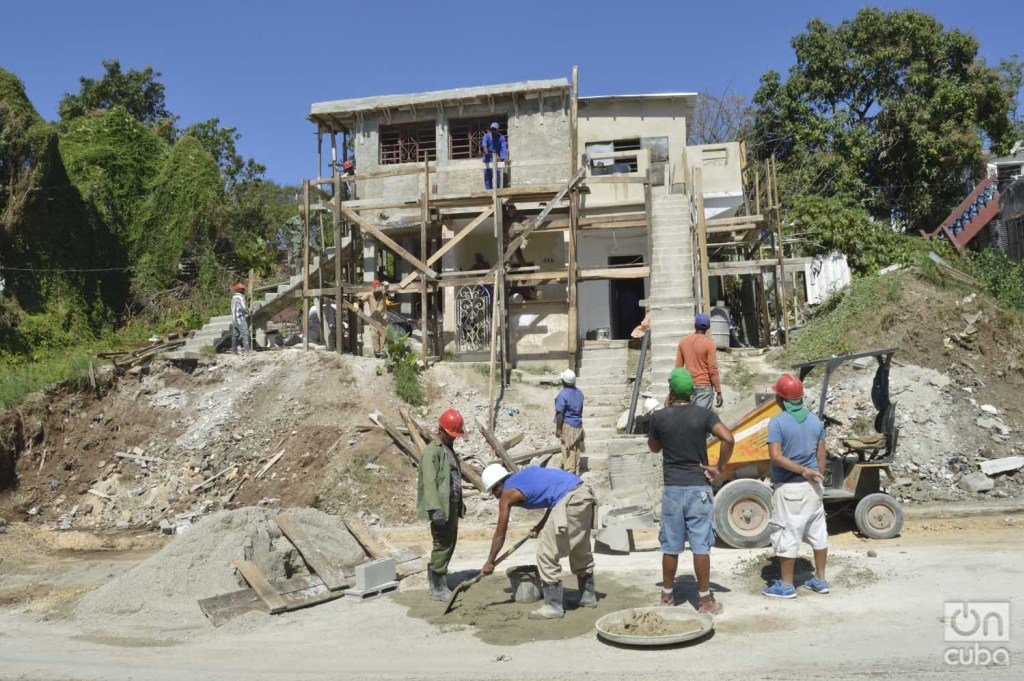
The Housing Policy…culminates with a detailed program of construction and rehabilitation of homes per year and province (valued at more than 18 billion pesos!), which breaks down state and self-built housing and ends with a peremptory paragraph that starts in the following terms: “The People’s Power municipal administration councils are responsible for enforcing the established policy….” It is not a very convincing example of the intention of incorporating municipalities into policy making.
But what’s most striking is that the Housing Policy…does not contain any principles on the approach to be adopted depending on whether it is rural, urban or large cities. The only territorial distinction in the document says (on page 5) that in the cities of Havana and Santiago the proportion of state housing will not be 40%, as in the rest, but 60%. Which means, anyway, that there are plans to build no less than 26,000 homes by people’s own effort in the capital. Hopefully they will not be one-floor homes because they could occupy (not counting roads, public spaces and corresponding services) an area superior to that of Old Havana or that of Centro Habana. On the periphery, of course, which would further put pressure on the capital’s transportation system and require new urbanization.
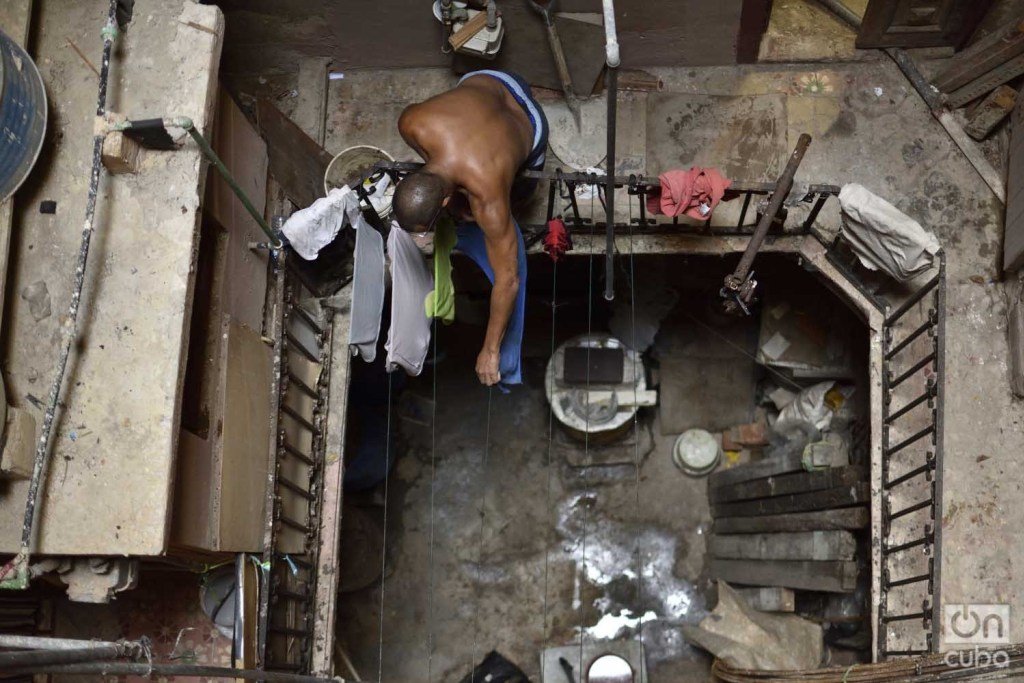
It is obvious that the criteria of a housing policy must have territorial characteristics, especially in the case of a large city like Havana, with 716,000 homes and five centuries of history in tow.
Havana has problems and characteristics that have little to do with small cities, towns and less with rural areas. Just some examples (3):
- The proportion of houses with light roofing, which is 58% in the rest of the country, in Havana is reduced to 11% (which means, anyway, 75,000 homes with these characteristics, more than the total of Plaza municipality has…). In any case, it is a much more solid housing fund, which requires construction actions different from the rest of the country.
- Of the 854 buildings in critical condition detected in Cuba, 696 are in Havana (81%), which means about 7,000 apartments in critical conditions (or, in other words, that cannot be solved by their owners’ own efforts…).
- Of the 45,000 families living in shelters in the country, 44,000 are from Havana (98%), which means no less than 130,000 people living in these terrible conditions.
- On the other hand, 85% of the buying and selling of homes is concentrated in the capital (measured through Internet advertisements, since there is also no public information about this).
- The city has the largest urbanized area in the country (about 35,000 hectares, in which all other provincial capitals would fit…), with per capita infrastructure and energy costs higher than the other cities due to its extension (22 linear km between Alamar and Santa Fe, as well as between El Morro and Santiago de las Vegas).
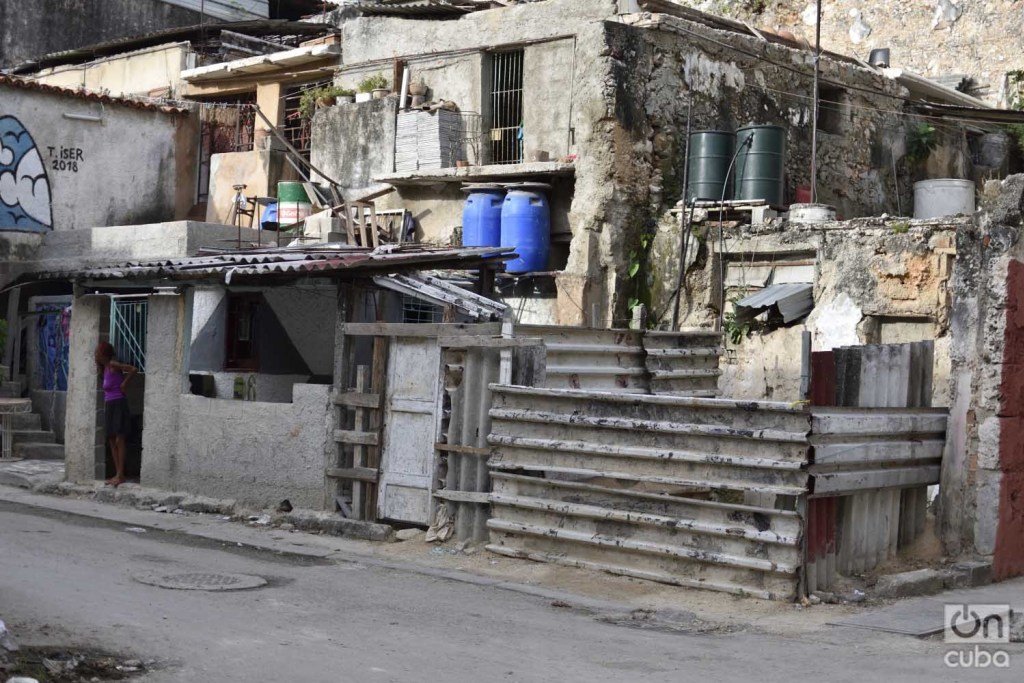
All of the above describes a profile very different from the country’s “average,” which is what the housing policy in Cuba addresses. The need for a specific housing policy for the city of Havana cannot be more pressing. (4)
It would be essential, at least, to issue some related principles:
1 The need to have appropriate technologies to achieve the adequate densities and architectural quality the city deserves. The Housing Policy provides for a national construction capacity of 59,000 homes annually. The majority (85%) is based on inappropriate technologies for the capital: Sandino (30,000), Petrocasas (15,000), wood and palm thatch (5,000). Only the FORSA (5,100) and Gran Panel (4,200) systems would be suitable. But with them it is not enough. It is also necessary to plan the materials, equipment and crafts required for the weight of conservation and rehabilitation in the city (some 670,000 homes between both types of actions).
2 It is necessary to achieve greater diversification of the housing supply. Not only to plan for the handing over of state-owned housing or its self-construction, but to regularize production and services cooperatives for housing, as well as recovering the construction of social housing for rent―whether state or cooperative in use assignment regimen (it is very difficult for young couples to access the capital required to build or buy a home). It would also be necessary to regularize the use of housing for private businesses (workshops, commerce, gastronomy, accommodation, etc.) and adapt the corresponding projects and regulations. Finally, it would be appropriate to make more flexible and expand the sources of public and private financing.
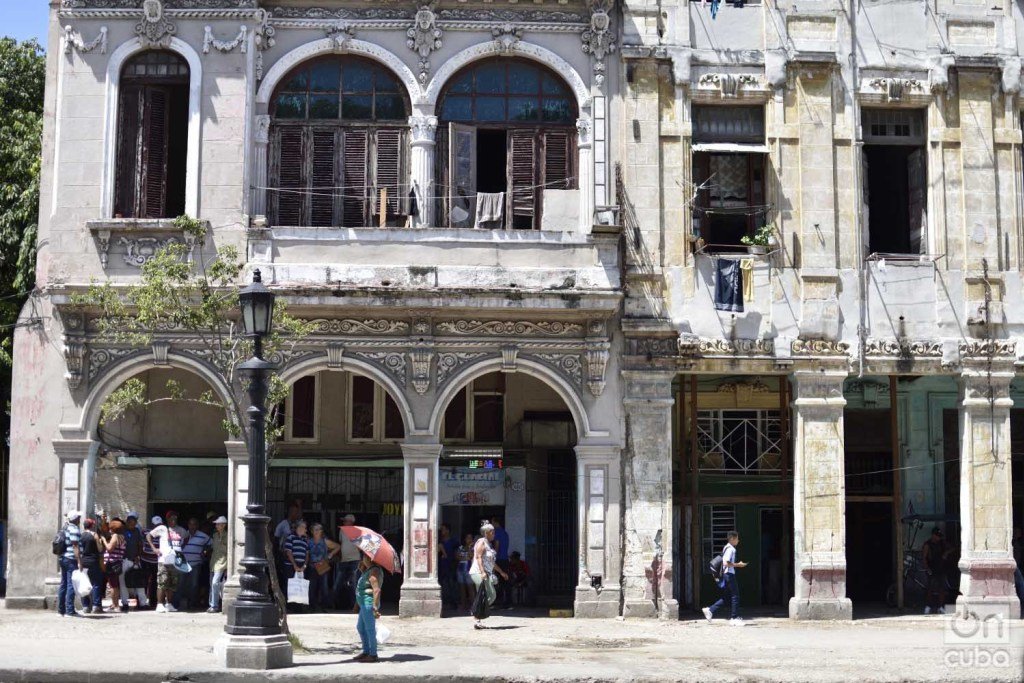
3 Adapt the design and architecture to the perspective of demographic evolution (rapid aging, lower birth rate, much smaller families), as well as to the financial capacity of the users and to the particular bioclimatic conditions. It is necessary to recover the original character of the community architect’s program (that of the participatory project with the families), as well as the free exercise of the architect’s profession (now masked under the figure of “decorator”), to recover the call for tenders for the awarding of the projects and to involve in depth the technical universities in the housing program. (5)
4 Achieve a comprehensive approach to the housing policy with that of urban planning and management, particularly in the preparation of housing developments and in the repair of housing-related infrastructures: streets cannot be opened every day without an elementary coordination between agencies, nor housing be built without previously urbanizing the territory. On the other hand, the certification (technical and of the area’s People’s Council) of the quality of the works and their termination must be ensured, avoiding repeated bungling and waste of materials and demanding from the investor and the builders the corresponding responsibilities.
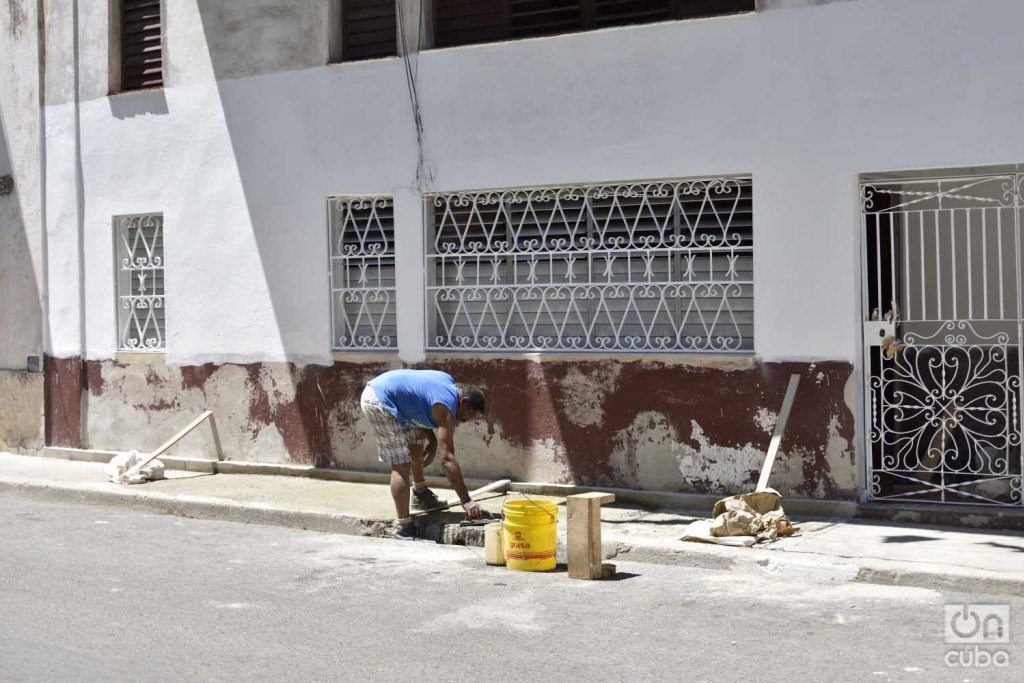
5 Achieve greater control of “covert” speculation in real estate transactions and of incipient gentrification processes through appropriate fiscal instruments (recovery of urban capital gains, for example) or the activation of those already foreseen, such as the tax on real estate property based on certain minimum parameters of constructed area or value.
6 Recover vacant plots and, above all, idle state buildings or not properly used, evaluating the possibility of their being recovered for residential use. In the days after the tornado in Havana the existence of an important potential was verified, when numerous agencies handed over unused buildings.
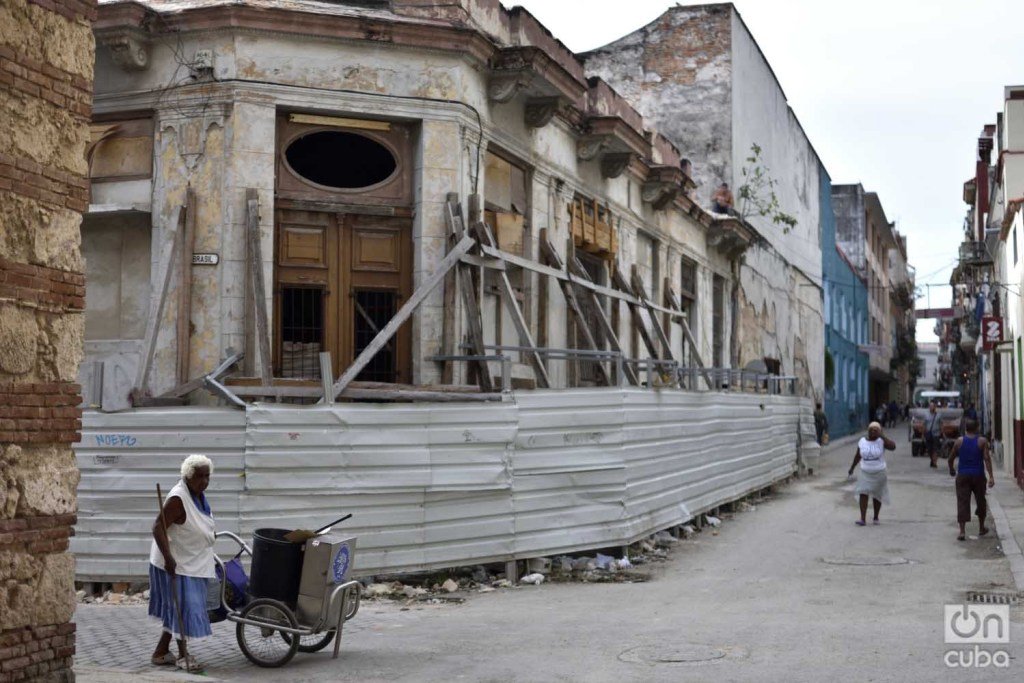
7 Advance as quickly as possible in the completion of the city’s cadastre, the automation and publication of records and the simplification of procedures related to housing.
8 Constitute an investment budget of and for the city, based on a reinforced territorial contribution (higher than 1%) or other fiscal mechanisms (fees, contributions…there is a great deal of experience in this regard in many cities around the world).
9 Give priority attention to the regularization of the city’s precarious neighborhoods where there are about 20,000 homes (which are not mentioned in the diagnosis prepared for the “Housing Policy”).
10 Specify the policy for each municipality in the city―approving and announcing it publicly―taking into account the differences that exist between “block soup” areas such as Alamar, very dense municipalities such as Old Havana or Centro Habana or those that have semi-rural characteristics like Arroyo Naranjo or Cotorro.
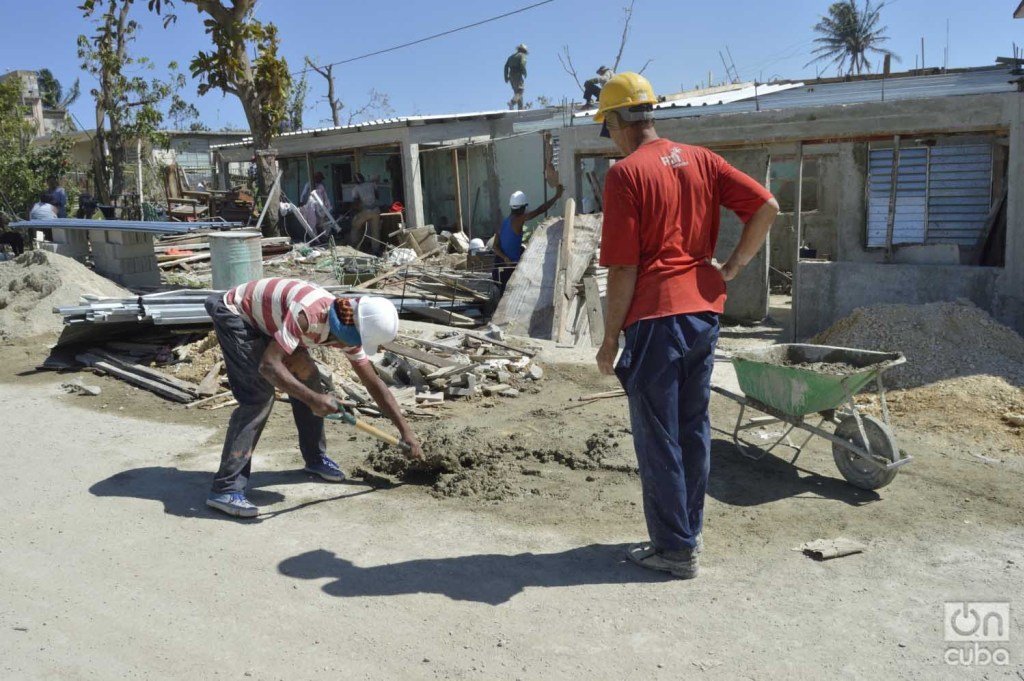
I have mentioned only 10 principles, as an example, of issues that should be addressed in a housing policy for the capital. I do not intend to exhaust the subject, but only to show the path that will have to be traveled to achieve an effective housing policy.
One last comment. On March 29 of this year, the national press reported that President Díaz-Canel had said: “Lastly, as with the Urban and Suburban Agriculture Program, the results obtained by each province and its municipalities in compliance with the Housing Construction Plan will start being published in the national press every three months.” Why can’t I find the publication of such results?
Notes:
(1) It is only possible to access it through the search engine of the MICONS webpage, by entering the term “policy.” It is a fairly concise text, with about 2,500 words, more than half of which refer to the diagnosis of the current situation, accompanied by some 30 numerical tables. It is noteworthy that two official publications of great interest have been ignored, such as the “Perfil de la vivienda” (Housing Profile) prepared in 2014 by the National Housing Institute and UN-HABITAT and the most recent (March 2018) “Alineación de la vivienda en Cuba y la Nueva Agenda Urbana” (Housing Alignment in Cuba and the New Urban Agenda) signed by the Institute of Physical Planning and UN-HABITAT, much broader and more comprehensive than the mentioned “Housing Policy.”
(2) At the December 2018 meeting, the minister of construction announced the start of the program in 2019.
(3) Most of the figures mentioned have been extracted from the mentioned document of the Ministry of Construction: “Política de la vivienda en Cuba.”
(4) It is clear that not only the city of Havana requires a specific policy. In fact, all municipalities in the country should define and approve their own housing policy. That should be one of the prerogatives of municipal governments. And it would also have been advisable to constitute the basis for the development of a national policy (which is not the sum of the municipal ones, but must take them into account).
(5) Many of these subjects have been studied in degree, masters and doctorate theses and are shelved in the archives of the CUJAE (today IPSJAE)…which supports President Díaz-Canel’s insistent calls for the incorporation of the university to the solution of problems.

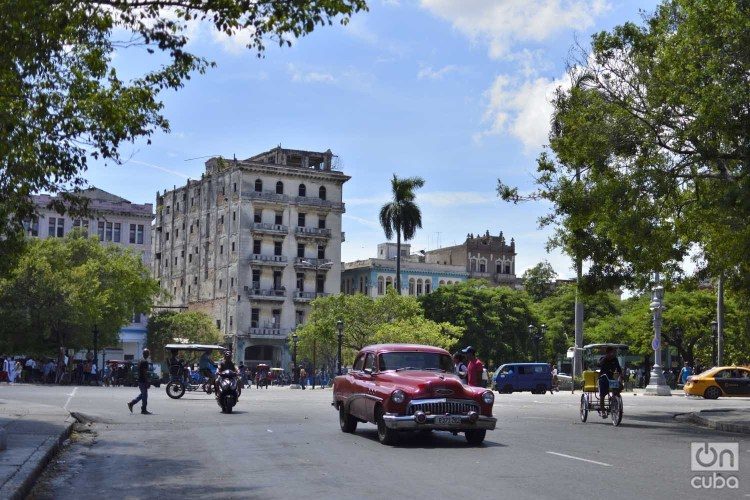









Hello,
Is there any way to get in touch with Dr, Pleyán? I am a researcher from Warwick University UK pursuing a project on Cuban housing and up to date policy documents have been hard to reach.
Thank you.
Hola,
¿Hay alguna forma de contactar con el Dr. Pleyán? Soy un investigador de la Universidad de Warwick en el Reino Unido y estoy llevando a cabo un proyecto sobre vivienda en Cuba y los documentos de política actualizados han sido difíciles de alcanzar.
Gracias.